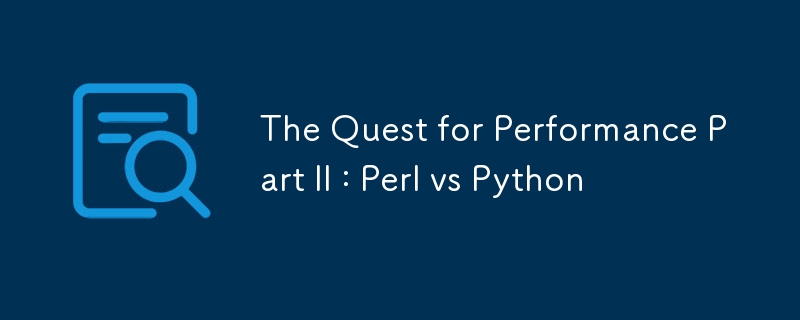

Having run a toy performance example, we will now digress somewhat and contrast the performance against
a few Python implementations. First let's set up the stage for the calculations, and provide commandline
capabilities to the Python script.
import argparse
import time
import math
import numpy as np
import os
from numba import njit
from joblib import Parallel, delayed
parser = argparse.ArgumentParser()
parser.add_argument("--workers", type=int, default=8)
parser.add_argument("--arraysize", type=int, default=100_000_000)
args = parser.parse_args()
# Set the number of threads to 1 for different libraries
print("=" * 80)
print(
f"\nStarting the benchmark for {args.arraysize} elements "
f"using {args.workers} threads/workers\n"
)
# Generate the data structures for the benchmark
array0 = [np.random.rand() for _ in range(args.arraysize)]
array1 = array0.copy()
array2 = array0.copy()
array_in_np = np.array(array1)
array_in_np_copy = array_in_np.copy()
And here are our contestants:
for i in range(len(array0)):
array0[i] = math.cos(math.sin(math.sqrt(array0[i])))
np.sqrt(array_in_np, out=array_in_np) np.sin(array_in_np, out=array_in_np) np.cos(array_in_np, out=array_in_np)
def compute_inplace_with_joblib(chunk):
return np.cos(np.sin(np.sqrt(chunk))) #parallel function for joblib
chunks = np.array_split(array1, args.workers) # Split the array into chunks
numresults = Parallel(n_jobs=args.workers)(
delayed(compute_inplace_with_joblib)(chunk) for chunk in chunks
)# Process each chunk in a separate thread
array1 = np.concatenate(numresults) # Concatenate the results
@njit
def compute_inplace_with_numba(array):
np.sqrt(array,array)
np.sin(array,array)
np.cos(array,array)
## njit will compile this function to machine code
compute_inplace_with_numba(array_in_np_copy)
And here are the timing results:
In place in ( base Python): 11.42 seconds In place in (Python Joblib): 4.59 seconds In place in ( Python Numba): 2.62 seconds In place in ( Python Numpy): 0.92 seconds
The numba is surprisingly slower!? Could it be due to the overhead of compilation as pointed out by mohawk2 in an IRC exchange about this issue?
To test this, we should call compute_inplace_with_numba once before we execute the benchmark. Doing so, shows that Numba is now faster than Numpy.
In place in ( base Python): 11.89 seconds In place in (Python Joblib): 4.42 seconds In place in ( Python Numpy): 0.93 seconds In place in ( Python Numba): 0.49 seconds
Finally, I decided to take base R for ride in the same example:
n<-50000000
x<-runif(n)
start_time <- Sys.time()
result <- cos(sin(sqrt(x)))
end_time <- Sys.time()
# Calculate the time taken
time_taken <- end_time - start_time
# Print the time taken
print(sprintf("Time in base R: %.2f seconds", time_taken))
which yielded the following timing result:
Time in base R: 1.30 seconds
Compared to the Perl results we note the following about this example:
The above is the detailed content of The Quest for Performance Part II : Perl vs Python. For more information, please follow other related articles on the PHP Chinese website!
 How to delete your own works on TikTok
How to delete your own works on TikTok
 What are the methods for docker to enter the container?
What are the methods for docker to enter the container?
 Is A5 bigger or B5 paper bigger?
Is A5 bigger or B5 paper bigger?
 Common website vulnerability detection methods
Common website vulnerability detection methods
 How clearfix implements clearing floats
How clearfix implements clearing floats
 How to use a few thousand to make hundreds of thousands in the currency circle
How to use a few thousand to make hundreds of thousands in the currency circle
 What are the advantages of SpringBoot framework?
What are the advantages of SpringBoot framework?
 What are the virtual currencies that may surge in 2024?
What are the virtual currencies that may surge in 2024?




